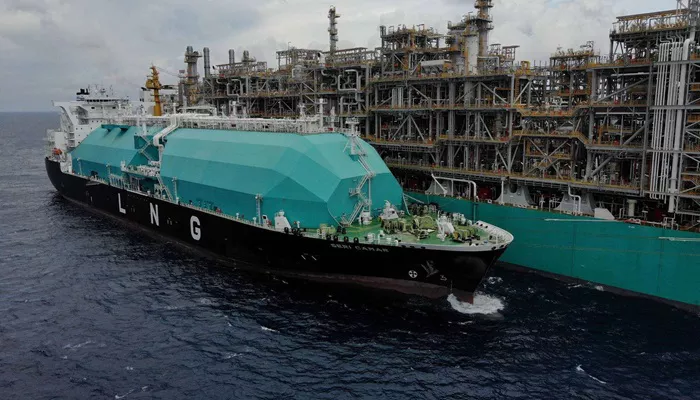PetroChina’s trading division is aiming to enhance the flexibility of its liquefied natural gas (LNG) portfolio by incorporating supplies from North America, a senior executive at the Chinese state-owned energy giant revealed on Tuesday.
Unlike LNG volumes from Qatar, which often come with strict destination restrictions tied to long-term contracts, U.S. LNG exports generally do not impose such limitations. This lack of firm destination clauses allows traders to resell cargoes to other markets depending on demand fluctuations or changing market conditions.
The significance of this flexibility was highlighted earlier this year during the U.S.-China trade tensions, when Chinese buyers resold U.S. LNG cargoes to avoid higher costs caused by tariffs imposed on American goods.
Zhang Yaoyu, Assistant CEO and Global Head of LNG and New Energies at PetroChina International, acknowledged that the company’s current portfolio is heavily weighted toward long-term, take-or-pay sales and purchase agreements (SPAs). “If I look at our portfolio today, I think we’re slightly overweight on duration. I think we signed too many, very long term, take-or-pay SPAs,” he told Reuters.
To reduce risk, PetroChina is actively pursuing greater diversification in its supply sources and seeking more flexible contract terms. Zhang indicated that the company currently holds more inflexible agreements than preferred and is keen to secure North American LNG volumes to improve destination flexibility.
This strategic shift aligns with broader market trends. Shell, the world’s leading LNG trader, projected in its annual LNG report earlier this year that global LNG demand will rise by 60% by 2040. This surge will be driven primarily by Asia’s economic expansion, along with increasing efforts to cut emissions in heavy industry and transportation, and growing power demand influenced by advances in artificial intelligence, according to the UK-based oil major.


